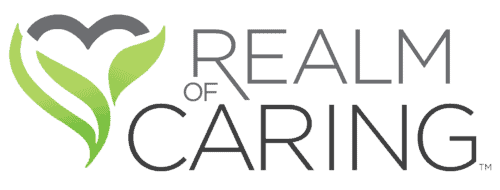Abstract
Background: Now that the Cannabis Act legalizing the use of cannabis has come into effect in Germany, the frequency of cannabis use in Germany may rise, and with it the number of cannabisrelated visits to emergency departments.
Methods: In this narrative review, we identify and evaluate the observed trends in case numbers after cannabis legalization in other countries, the common reasons for emergency department visits, and the options for treatment. Data on trends in cannabis-related emergency contacts in Germany were provided by the Poison Control Center North and are evaluated descriptively.
Results: The prevalence of cannabis use in Europe is estimated at 8%. In Canada, after legalization, cannabis use among the total population aged 15 years and over rose from 15% in 2017 to 25% in 2021, and hospital admissions doubled from 15/100 000 in 2017 to 32/100 000 in 2022. Acute intoxication is the most common reason for hospital admission and is often accompanied by acute anxiety and panic attacks. The risk of developing psychosis increases with THC content and frequency of use. Cannabinoid hyperemesis syndrome manifests itself with abdominal pain and severe, cyclical vomiting. The most important acute measure is to replace the often massive fluid loss. Benzodiazepines and antipsychotic drugs can be given as symptomatic treatment.
Conclusion: The legalization of cannabis use can be expected to lead to an increase in cannabis-related emergencies in Germany as well. As the clinical manifestations are often nonspecific, the targeted investigation of possible cannabis use is indicated so that the affected patients can be given appropriate treatment and assistance.
